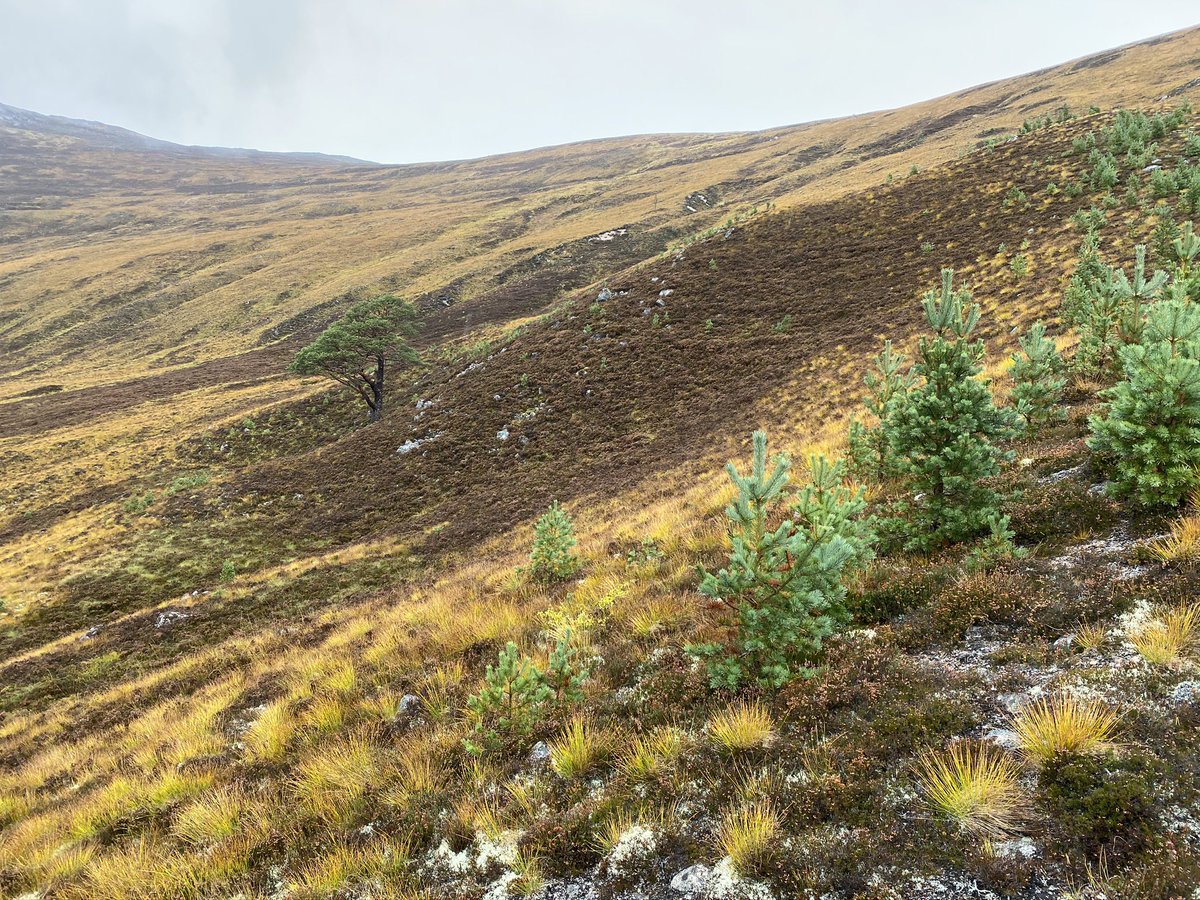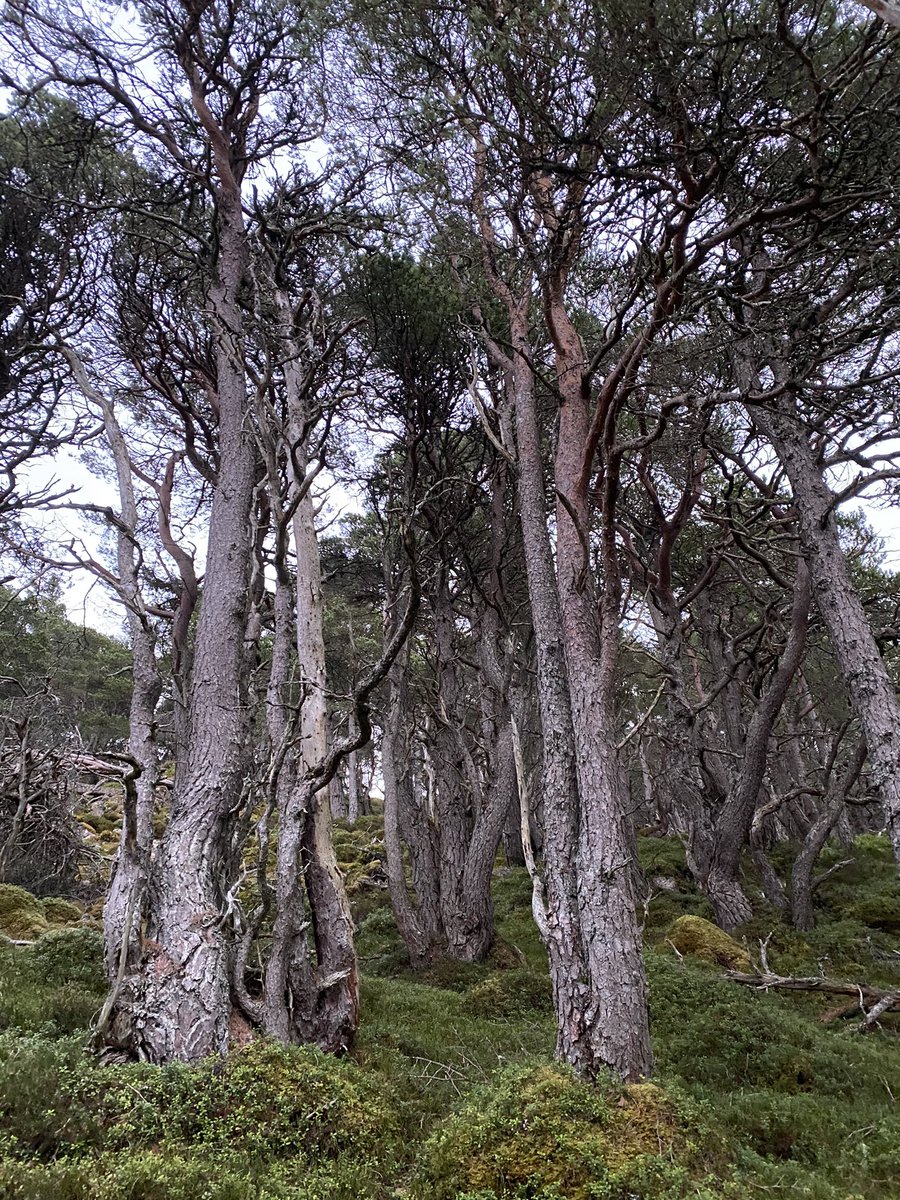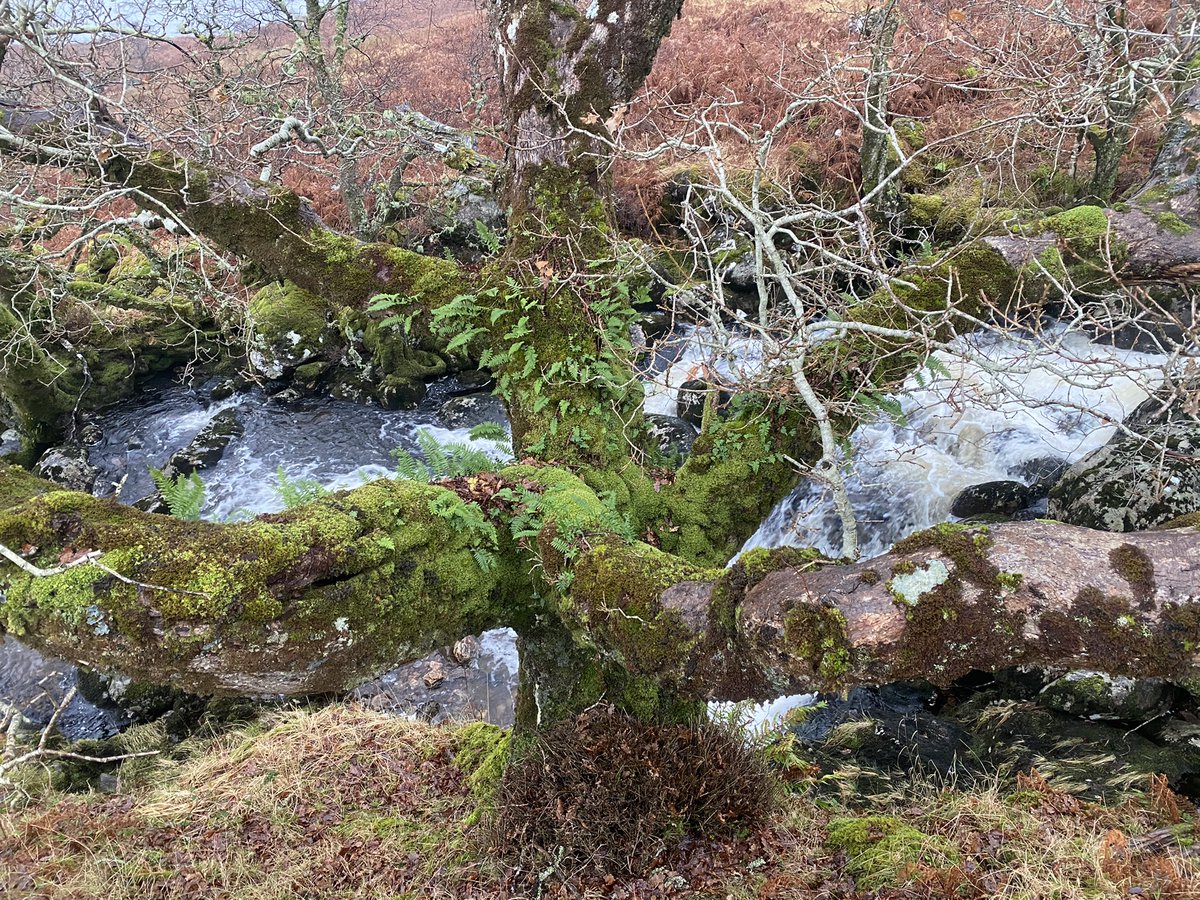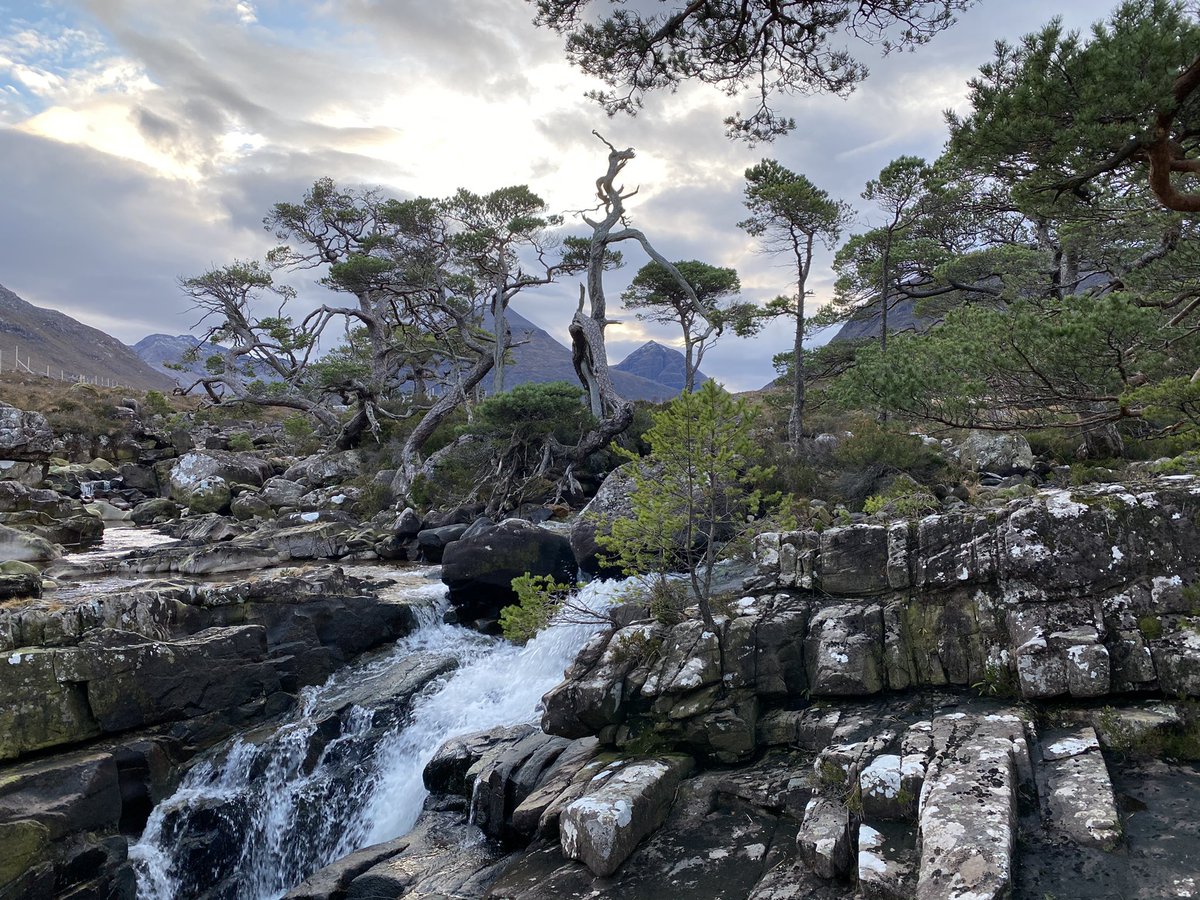
this shoulder of woodland may be one the richest sites for rare plants in Co. Derry. although a 'Site of Local Nature Conservation Importance', it is imminently threatened by quarrying - which is able to take place without ecological safeguards due to a planning loophole (thread) 

why is this wood so rich? the trees here have grown up amongst giant boulders, which have likely provided protection from grazing livestock for centuries. as a result, many of the species here are absent from woods in the surrounding landscape 

there are signs that the wood may be ancient (around since at least 1650):
🌳 many trees have large stools and multiple stems (pics 1&2)
🌳 old-woodland associated lichens are present (pic 3)
🌳 there's a high diversity of woodland wildflowers (pic 4)
@WoodlandTrust



🌳 many trees have large stools and multiple stems (pics 1&2)
🌳 old-woodland associated lichens are present (pic 3)
🌳 there's a high diversity of woodland wildflowers (pic 4)
@WoodlandTrust




there's nothing we can do to recreate a place like this. no amount of planting can put back old wild trees, unique boulderfield soils, or past processes that allowed now-rare species to colonise in the first place 

what is the planning loophole? basically, the quarry operates under an old planning permission... so old that the council wasn't able to provide me with a copy. but it predates most environmental legislation, and so in essence the quarry is free to work like its still the 50s/60s
i am urging @FPMcCann to set this small area aside. it is precious, irreplaceable, and we've lost so much already (ancient woodland covers only 0.08% of N Ireland's land surface). if you agree, pls sign the petition: secure.avaaz.org/community_peti…
#CraigallRocks
#CraigallRocks
• • •
Missing some Tweet in this thread? You can try to
force a refresh




















